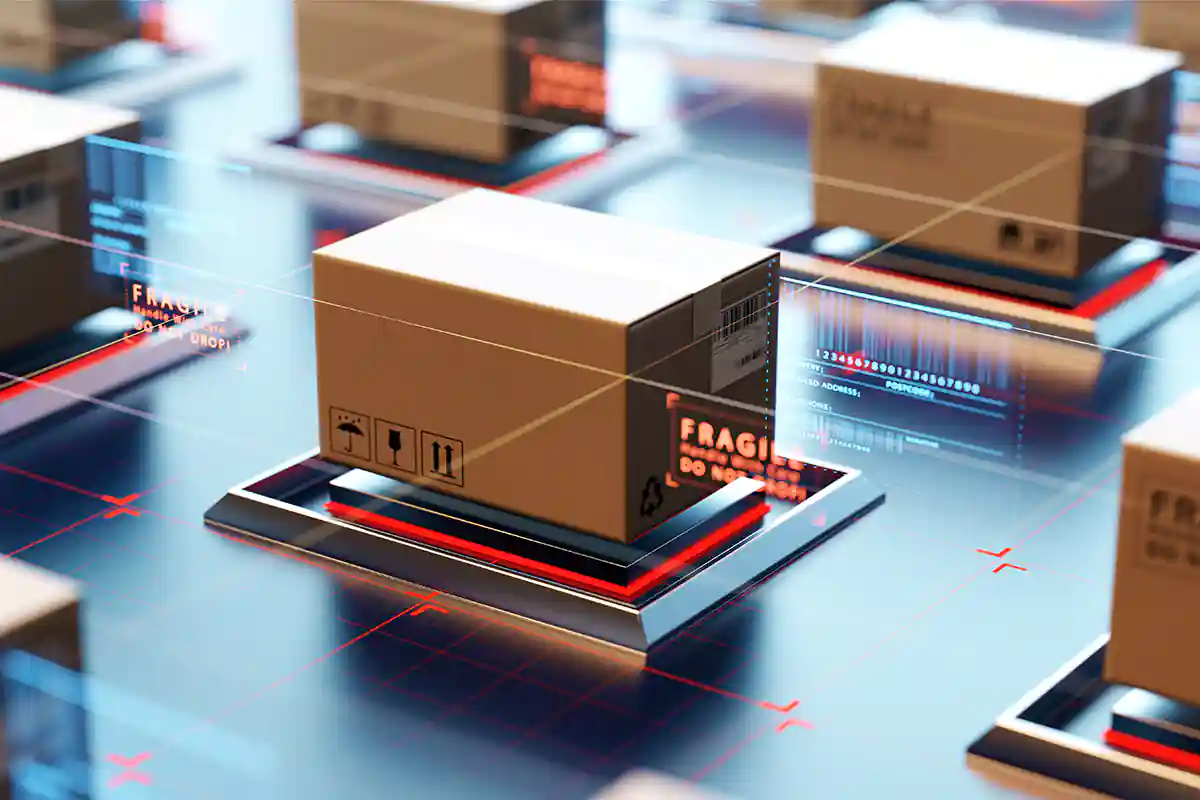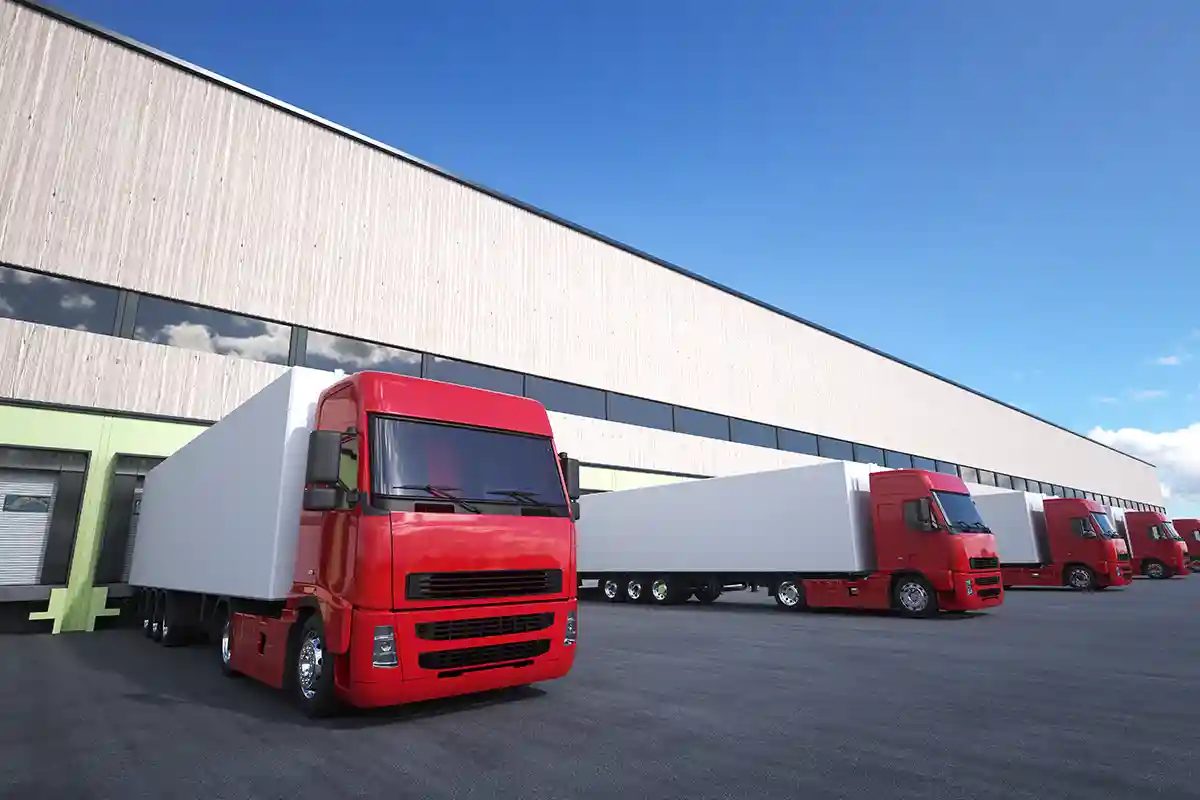Timely Changeover 🕧
With old barcode scanners, no matter if mobile or stationary, the disadvantages sooner or later will outweigh the benefits. Work processes in the warehouse or in production are made more difficult and slowed down, performance decreases. A timely changeover to more modern MDE solutions can prevent this. The following points provide initial orientation.
by Marc Teuber
book1119 words timelapse6 minutes reading time
Often recognized afterwards 🔗︎
Old barcode scanners are still common in many companies today. However, the possibilities to extend their service life are exhausted at some point, after which problems come to the fore. Lack of performance, functionality and reliability are the most common reasons. Strong company growth also means that older solutions quickly reach their limits. A frequent realization in retrospect: if you had invested in a modern MDE solution earlier, many problems could have been avoided. Well-considered advance planning is crucial here. The following points can make you rethink.
1. It takes too long to train new Employees 🔗︎
In many industries, warehouse work is dynamic and seasonal. During order peaks, new employees are often hired or existing employees are shifted to new positions. Getting them up to speed quickly is very important with a logical, easy-to-use user interface as its key factor. User interfaces of many old scanner solutions are confusing and difficult to navigate. The user interface of modern business applications, on the other hand, is often intuitive. The reason: Its design is based on graphic interfaces from the consumer sector. New employees - who are already privately familiar with the basic features - can then learn to operate the MDE devices much more quickly.
2. Information for Decisions is available too late 🔗︎
Old scanners are slow: Software support for modern standards is missing, the hardware does not perform well enough. Consequently, data reaches the ERP system too late. The increasing speed of work and production processes complicates the whole thing even more. Today, quick reactions are all the more necessary - and managers who are informed promptly. Finding out immediately about delivery problems at the supplier, assessing the impact and sounding out alternatives, thereby ensuring smooth operations - this leads to competitive advantages. For this, data needs to be available in the ERP system in real time. New MDE solutions create the conditions for this. Another advantage of mobility: If data in the ERP system is always up to date, quick, well-founded decisions can be made from almost anywhere. Waiting times at the train station, in an airport lounge or between customer appointments can thus be used to manage the company. (Clients that can be used on the go, away from the desk).
3. Data Loss and Errors occur more frequently 🔗︎
Still no exception in everyday business: Employees write information on a piece of paper in the warehouse or on the shop floor. Later, the data is entered manually into the ERP system or into similar software. Errors and conflicts are almost pre-programmed: handwriting that is difficult to read, typing errors and transposed numbers and misplaced or forgotten paper documents. As a result, incorrect, incomplete and delayed information leads to incorrect or unpunctual deliveries. Even where MDE solutions perform their tasks reliably, difficulties arise when they cannot keep pace with business development. In many cases, gaps in data acquisition then form because there is no complete coverage of the processes. In such cases, data must still be collected manually. Modern barcode scanner systems enable seamless coverage, both through the way of transmission technology (e.g. by means of WLAN) and the design of work and production processes. They also prevent many errors from the outset, through extensive predefined rules, e.g. the plausibility check.
4. Flexibility suffers 🔗︎
Outdated barcode scanner technology hinders or prevents innovations in warehousing, manufacturing and logistics. Often, it is not possible to implement modern, flexible warehousing concepts - such as dynamic (chaotic) warehousing - which require powerful, mobile data solutions. Here, MDE solutions provide a remedy. New mobile barcode scanners also offer more leeway in data transmission, e.g. by supporting newer technologies such as LTE or the 5 GHz standard in the WLAN range.
In addition, mobile barcode scanners rely on innovative design forms that increase productivity. One example is ring scanners that leave both hands free - for example, to sort stock while scanning. Modern ring scanner designs offer even more functionality with decreasing size. Learn more about selection criteria to be considered.
In addition, modern barcode scanner screens are larger, have a higher resolution and can display more data. Interfaces of the MDE solutions transmit more types of data. Status, storage locations or historical data can thus already be viewed in the warehouse or on the shop floor. For questions such as “How great was the demand for article A recently and how long will we be able to manage with the current stock level?” You can already make initial estimates in the warehouse.
5. Technology Frustration is a frequent Topic of Conversation 🔗︎
Technical deficits are frequent reasons why those responsible want to replace old barcode scanner solutions. It is often discovered that not all barcode types are supported (How to find the right barcode type) or that even slightly damaged barcodes are unreadable. Also, many older barcode scanners have difficulty reading barcodes from LCD screens. In addition, it is becoming increasingly difficult to find the right drivers for the scanner software. Moreover, integration into newer ERP and other software systems is becoming more and more complex, and support is lacking.
Even seemingly minor deficits of old barcode solutions, such as poorly illuminated displays and keyboards, reduce productivity, sometimes to a considerable extent. In dark storage rooms and corners, they lead to incorrect entries and prevent employees from quickly finding their way around the operation. Furthermore, old scanners fail more often due to water and fall damage or due to dirt. High-quality modern MDE devices offer a higher level of protection, which is regulated by corresponding IP protection classes.
Especially when it comes to MDE devices - a trend that is replacing stationary barcode scanners - the devices are battery-powered and thus immune to spontaneous power failures. Also, because mobile barcode scanners have no power cables, they offer more safety in addition to functionality. The danger of moving objects such as forklift trucks dragging cables and connected hardware along and damaging them is eliminated.
Summary 🔗︎
If still working with old barcode scanners, several reasons suggest looking for a new MDE solution. Most important ones: Clear user interfaces make it easier to train new employees. New barcode scanner systems are more secure on the software side and less susceptible to damage. Their more extensive functionality and more powerful hardware increase the compatibility and speed of data processing. In addition, end-to-end MDE solutions reduce errors: data no longer has to be manually recorded on paper or manually typed in. Innovative concepts are optimally supported by mobile data acquisition - such as dynamic or chaotic warehousing. The advanced technical functionality of new mobile barcode scanner solutions also enables higher error tolerance for damaged barcodes, reading more barcode types and an easier integration into ERP systems.
5 Ways Digital Logistics improves Business Processes
Digitalization is changing logistics processes. Today, some of these changes have growing importance for small and medium-sized companies (SME). Those dealing with the development in time can realize competitive advantages.
How Goods will get to the Customer faster
Fast deliveries are an important competitive factor today. However, there is often untapped potential along the supply chain - from the manufacturer and wholesaler to warehouse and dispatch. Some of these are highlighted below.

